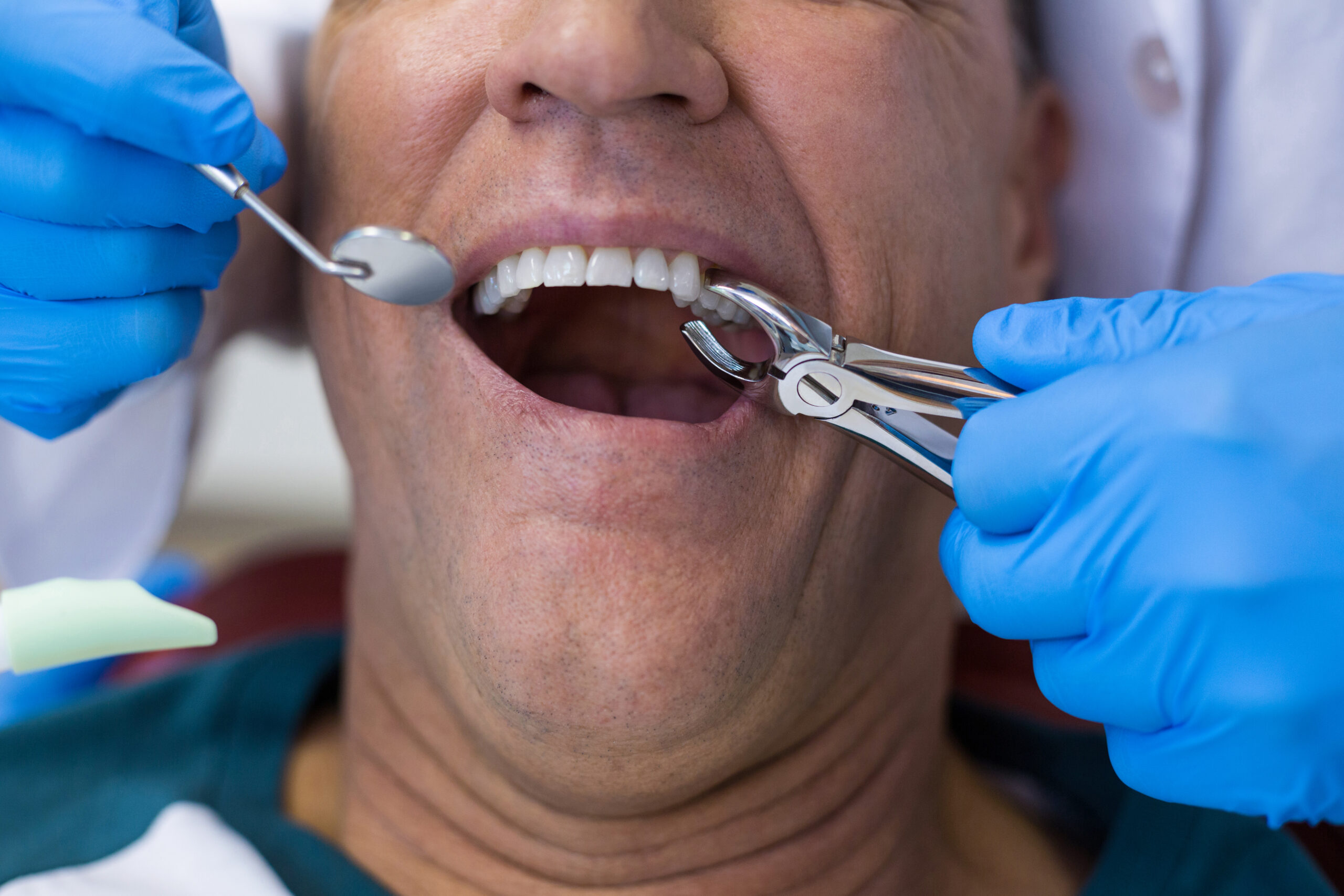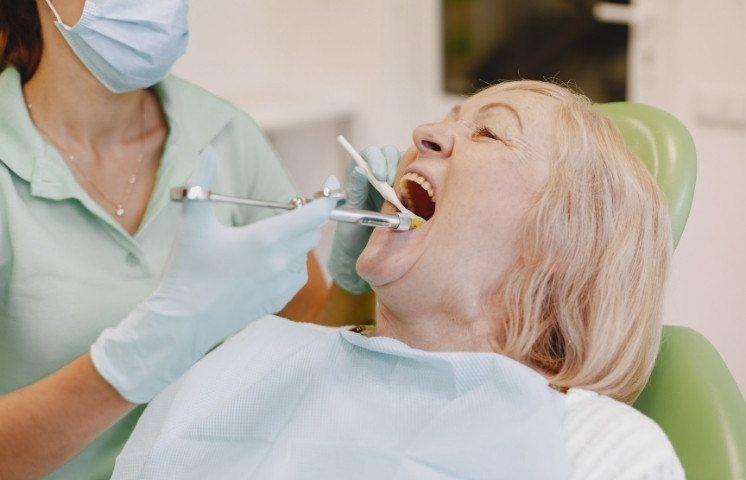New Patients Welcome!

After tooth extraction, healing usually happens easily. You might experience minimal discomfort and swelling. Nevertheless, in some instances, patients might experience painful complications and even dry sockets. Not only does this interfere with healing, but it can also lead to extreme pain. This further causes individuals to question whether it’s time to visit an emergency dentist. What you should know about dry sockets, how to identify them, and when to get emergency dental care. You will get to know everything about such a scenario in this blog.
What Is a Dry Socket?
Dry socket is an aching condition that can arise following the extraction of a permanent tooth. It is medically referred to as alveolar osteitis. Under normal conditions, a protective blood clot in the vacant tooth socket covers the exposed bone and nerves during healing. When this clot is dislodged or is dissolved before its time, it exposes the bone, causing inflammation and severe pain.
Key Characteristics of a Dry Socket:
- Lack of evidence of a visible blood clot in the extraction site
- Sharp pain beginning 2–4 days post-extraction
- Radiating pain to the ear, eye, or neck
- Bitter taste or foul breath
- If you can see bone in the socket
Visiting an emergency dentist in West Palm Beach under such circumstances is always considered a wise decision.
Why Does a Dry Socket Happen?
There are several reasons why a dry socket may occur. Both lifestyle-related and procedural mishaps can lead to such a problem. These include:
- Smoking or consumption of tobacco products – Slows healing and exposes the area to increased risk of clot dislodgement
- Poor dental hygiene – Increases the risk of infection and slow clotting
- Drinking with a straw – Generates suction that can dislodge the clot
- Spitting repeatedly after extraction – Also generates suction and dislodges the clot
- Oral contraceptives – Hormonal fluctuations tend to disrupt and delay healing
- History of dry socket – Increases the risk of recurrence
Is Dry Socket an Emergency?
A dry socket is a dental emergency when the pain is intolerable or accompanied by signs of infection. Though not life-threatening, it needs urgent attention from an emergency dentist to prevent complications and alleviate pain.
Dental Emergency Symptoms:
- Severe, throbbing pain that becomes more severe with time
- Fever or swelling of the jaw
- Discharge or foul odor from the socket
- Trouble swallowing or opening the mouth
- No relief after the use of pain relievers
Disregarding these signs can result in extended discomfort and delayed healing. Seeking professional assistance as soon as possible reduces the scope for dental complications.
How an Emergency Dentist Handles Dry Socket?
An emergency dentist can promptly manage the pain and accelerate healing by undertaking the following:
- Irrigation of the socket to eliminate debris and alleviate inflammation
- Application of medicated dressings to alleviate pain and shield the exposed region
- Prescribing antibiotics or pain medication if an infection exists
- Follow-up visits to ensure healing and prevent additional complications from developing
Preventing Dry Socket After Tooth Extraction
The prevention of needing urgent dental care can be done by being careful after tooth extraction. Below are some prevention tips:
- Do not smoke or vape for at least the first 72 hours
- Do not suck through a straw during healing
- Rely on only soft and liquid foods for the initial days
- Rinse gently with warm salt water, but only after 24 hours from the extraction
- Strictly abide by your dentist’s post-op directions.
- Avoid brushing vigorously near the extraction area, as it can cause damage
Simply follow these tips to reduce the scope of developing dry sockets and enhance healing.
When to Call an Emergency Dentist?
If you’re experiencing intense pain, a bad smell, or visible bone at the extraction site, don’t delay. Call an emergency dentist right away. Prompt attention can bring quick relief, avoid infection, and get your healing back in motion.
Prompt Professional Assistance Matters in Case of Dry Sockets
Although a dry socket is not always a medical emergency, it is a severe dental condition. Not treating it may result in prolonged pain and higher risks of infection. Ensure to visit an emergency dentist as soon as you sense this problem. It will be your safest approach to promote quick and effective healing while avoiding major dental complications.





